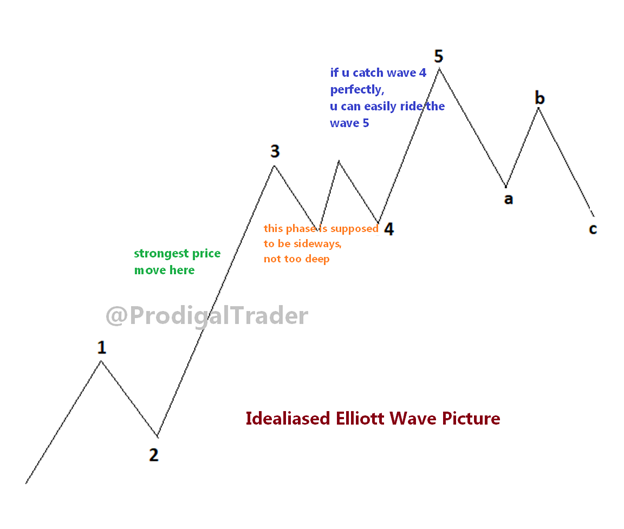
How to identify if an instrument trading sideways?
here are a few pointers
1. stock is stuck between swing high and low or SR zones which are in very tight range
2. Anchored vwap from last swing high and swing low converges each other and price howering near by
1/8
here are a few pointers
1. stock is stuck between swing high and low or SR zones which are in very tight range
2. Anchored vwap from last swing high and swing low converges each other and price howering near by
1/8
3. Short term moving average crosses long term MA several times in both direction in short period
4. Price crossing 200sma several times with flat 200sma with average or below average volume
5. Contraction of price structure & formation of chart patterns
2/8
4. Price crossing 200sma several times with flat 200sma with average or below average volume
5. Contraction of price structure & formation of chart patterns
2/8
6. RSI trapped between 60 and 40 for long period & ADX measuring below 20
7. False break out on either sides at support n resistance
8. Price is overlapping between Ichimoku clouds, and taken/kejun and clouds are flat
3/8
7. False break out on either sides at support n resistance
8. Price is overlapping between Ichimoku clouds, and taken/kejun and clouds are flat
3/8
9. Volumes lower than 20 days average trading volume, ADX less than 15, Low gap between +DI and -DI & Price between monthly and weekly pivot levels
10. Motherbar followed by inside bar followed by numerous bars inside the motherbar range
4/8
10. Motherbar followed by inside bar followed by numerous bars inside the motherbar range
4/8
11. If CPR (Central Pivot Range) is wide, it can be a sideways move
12.
Flat 20ema - Current trend sideways,
flat 50ema - Short term trend sideways,
flat 100ema - Medium trend sideways &
flat 200ema - Long term trend sideways
5/8
12.
Flat 20ema - Current trend sideways,
flat 50ema - Short term trend sideways,
flat 100ema - Medium trend sideways &
flat 200ema - Long term trend sideways
5/8
13. Upper TL and lower TL moves in horizontal direction accompanied with flat 21 EMA
14. Flat bollinger band and RSI is between 40 to 60
6/8
14. Flat bollinger band and RSI is between 40 to 60
6/8
15.
An uptrend pulls into a “lower high”
But does not print a “lower low”
&
A downtrend pulls up a “higher low”
But does not subsequently print a higher high
7/8
An uptrend pulls into a “lower high”
But does not print a “lower low”
&
A downtrend pulls up a “higher low”
But does not subsequently print a higher high
7/8
the pointers here presented are compiled from the below tweet.
all credit goes to the ones who came up with the comments
all credit goes to the ones who came up with the comments
https://twitter.com/ProdigalTrader/status/1335154510344294400
• • •
Missing some Tweet in this thread? You can try to
force a refresh



